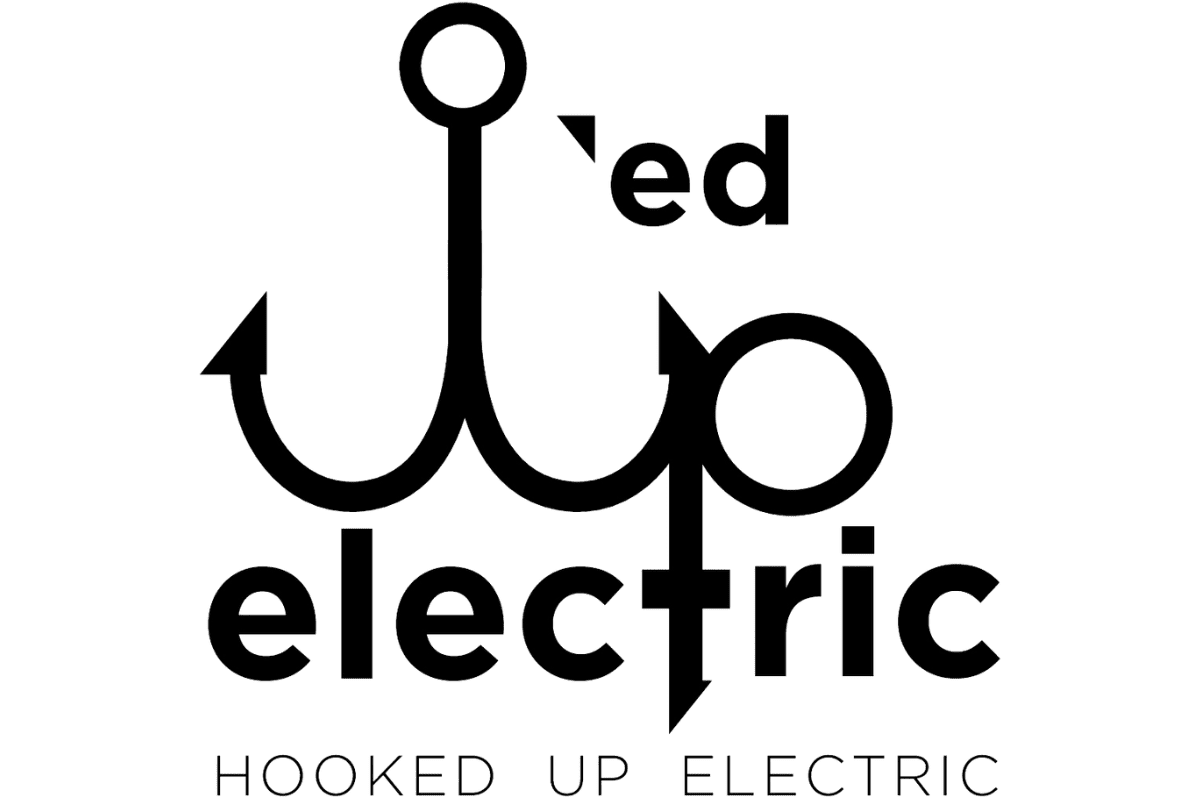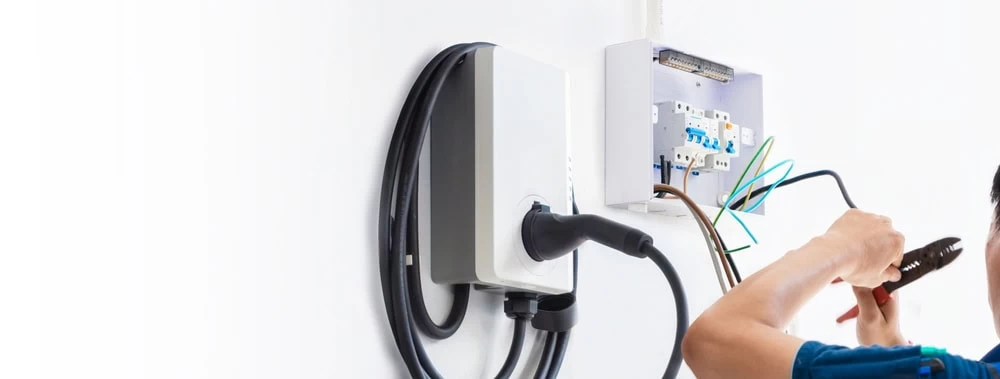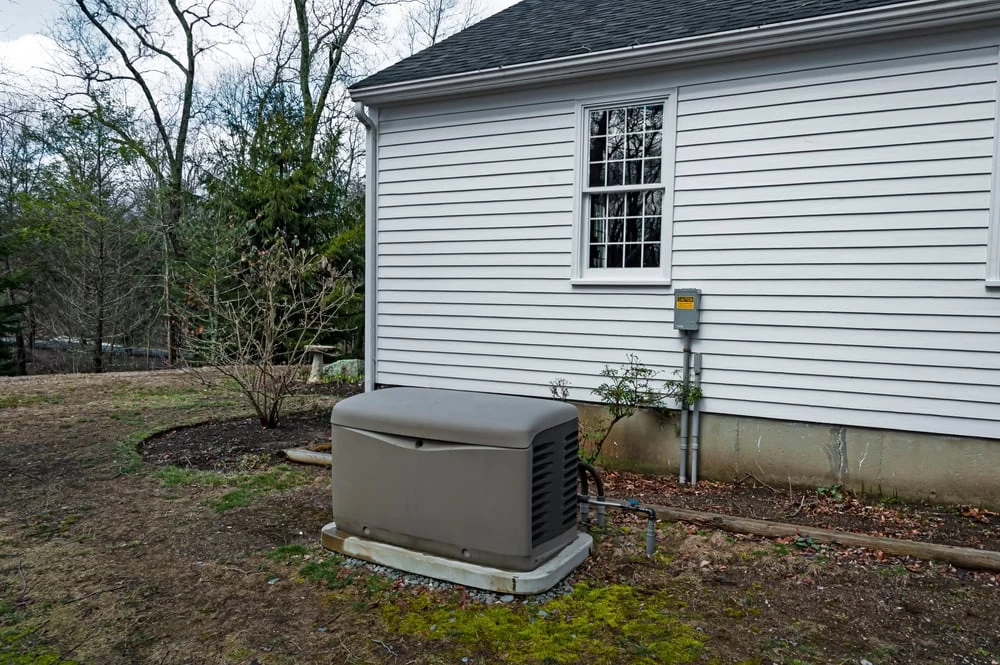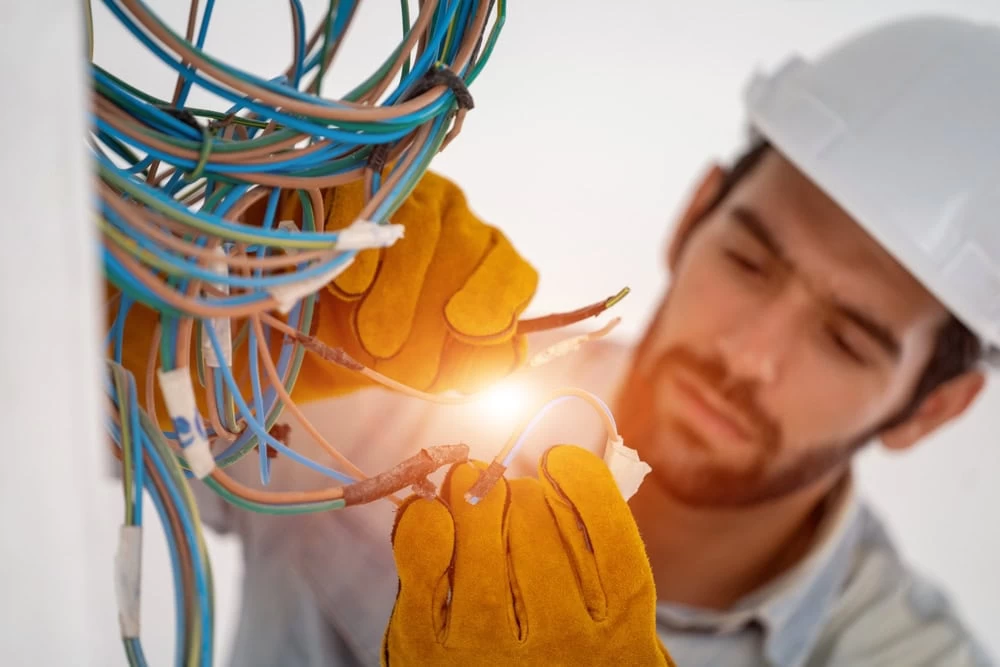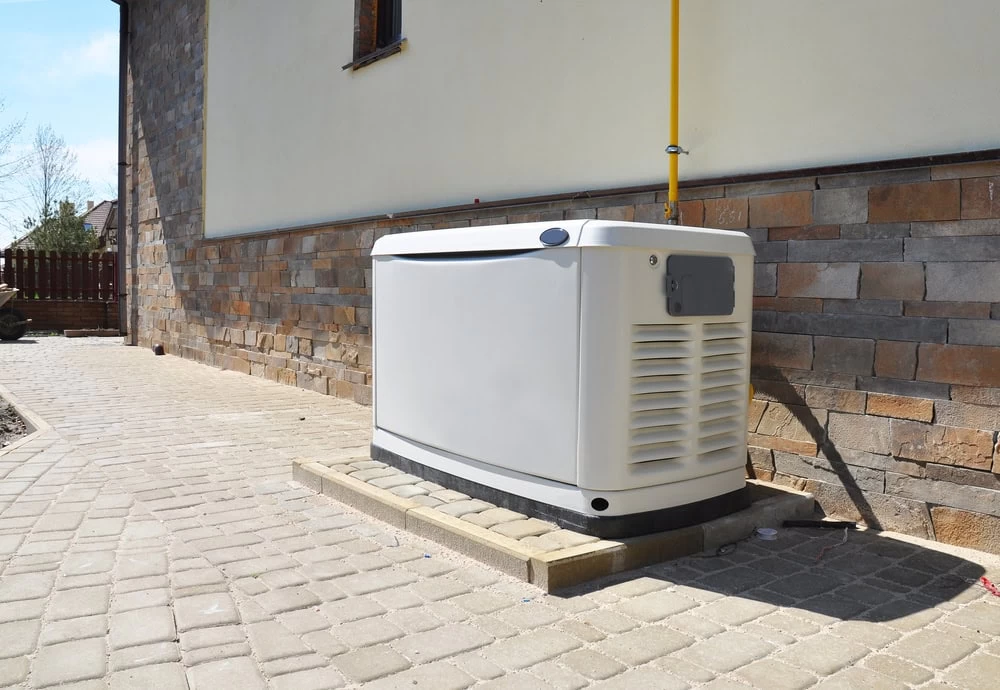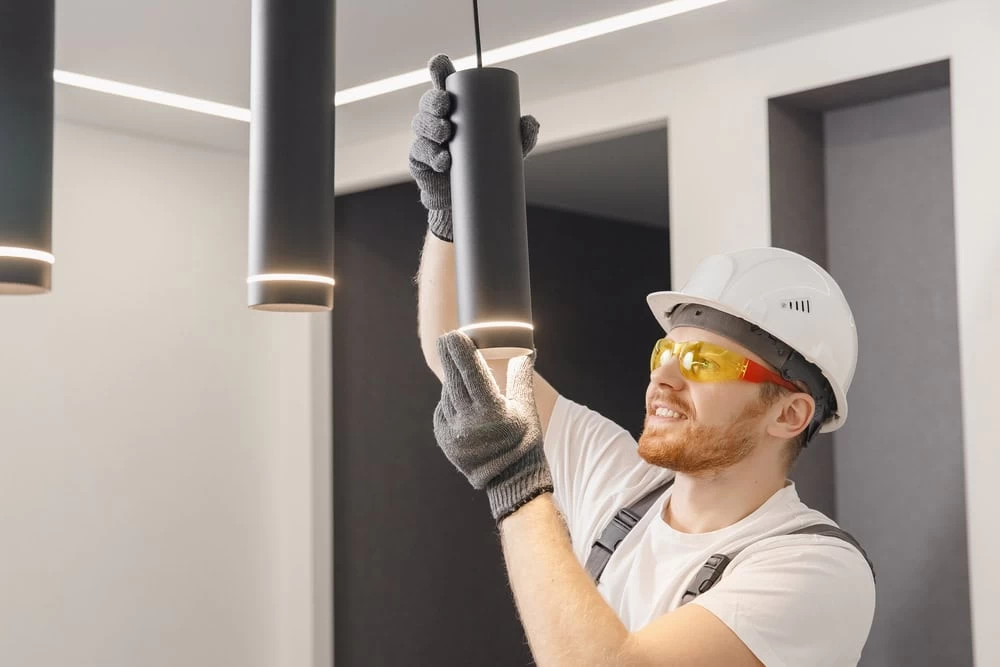Summary:
Understanding Your Home's Electrical Capacity
First, before starting an EV charger installation, looking at your home’s current electrical system is a primary step. Many houses in the Taylor County area might have a 100-amp main electrical service panel. While sufficient for typical household use, adding a Level 2 EV charger, which draws significant power, often requires more capacity. An electrician might recommend upgrading your service panel to 200 amps to handle the added load safely. This prevents potential issues like tripping breakers or overloading circuits when charging your vehicle simultaneously with other large appliances. Hooked up Electric can perform an assessment to determine if your current panel is adequate or if an upgrade is advisable for your EV charger installation.
Wiring and Circuitry Requirements for Charging
Next, the correct wiring is fundamental for a reliable home EV charger. Level 2 chargers, the most common type for home use due to their faster charging speeds, require a dedicated 240-volt circuit, similar to what an electric stove or dryer uses. This circuit needs specific wiring, typically copper conductors like 6-gauge or 8-gauge wire, depending on the charger’s amperage rating and the distance from the panel. Using the right wire size prevents overheating and supports exceptional charging performance. Hooked up Electric assists in selecting the appropriate wiring and circuit breaker for your specific charger model and home layout during the EV charger installation.
Safety Protocols and Code Compliance
Next, the correct wiring is fundamental for a reliable home EV charger. Level 2 chargers, the most common type for home use due to their faster charging speeds, require a dedicated 240-volt circuit, similar to what an electric stove or dryer uses. This circuit needs specific wiring, typically copper conductors like 6-gauge or 8-gauge wire, depending on the charger’s amperage rating and the distance from the panel. Using the right wire size prevents overheating and supports optimal charging performance. Hooked up Electric assists in selecting the appropriate wiring and circuit breaker for your specific charger model and home layout during the EV charger installation.
Choosing the Right Home EV Charger
Selecting the appropriate home EV charger depends on your specific needs and vehicle. Chargers are rated by their power output, usually in kilowatts (kW), which affects charging speed. A higher kilowatt charger replenishes your car’s battery faster. You’ll typically choose between Level 1 chargers (using a standard 120-volt outlet, very slow) and Level 2 chargers (using 240 volts, much faster). Consider your daily driving distance, your vehicle’s battery size, and when you plan to charge. For instance, if you have a long commute, a faster Level 2 charger might be more suitable. Hooked up Electric can discuss these factors with you to help determine the best fit before the EV charger installation.
Materials and Techniques Used in Installation
The EV charger installation process involves specific materials and methods. Quality copper wiring, as mentioned, is standard for conducting electricity effectively. Conduit, often PVC or metal piping, may be used to protect the wiring run between the electrical panel and the charger location, especially if routed along walls or underground. The charger itself is mounted securely, and connections are made using appropriate lugs and connectors tightened to specification. Techniques include:
- Careful circuit planning
- Precise wire stripping and termination
- Thorough testing after installation to confirm correct voltage and safe operation
Understanding Costs and Potential Incentives
The overall cost for an EV charger installation can differ. Factors influencing the price include the charger model selected, the distance between your electrical panel and the desired charger location (longer runs mean more materials and labor), and if your home requires an electrical panel upgrade. It’s worthwhile to investigate potential financial incentives. Federal tax credits, like the Alternative Fuel Infrastructure Tax Credit, might be available, and sometimes state or local utility programs in Texas offer rebates. Hooked up Electric can provide information on potential savings avenues relevant to Taylor County residents.
Ready for Convenient Home Charging in Taylor County?
In summary, preparing for a home EV charger installation in Taylor County involves several electrical steps. Assessing your home’s capacity, planning for the correct wiring and circuit, adhering to safety codes, and choosing the right charger are all part of the process. Understanding these elements helps lead to a successful outcome. With support from qualified electricians, you can enjoy the benefits of charging your electric vehicle conveniently at home. If you are considering adding an EV charger, contact us at Hooked up Electric today to discuss your project and get a professional evaluation.
